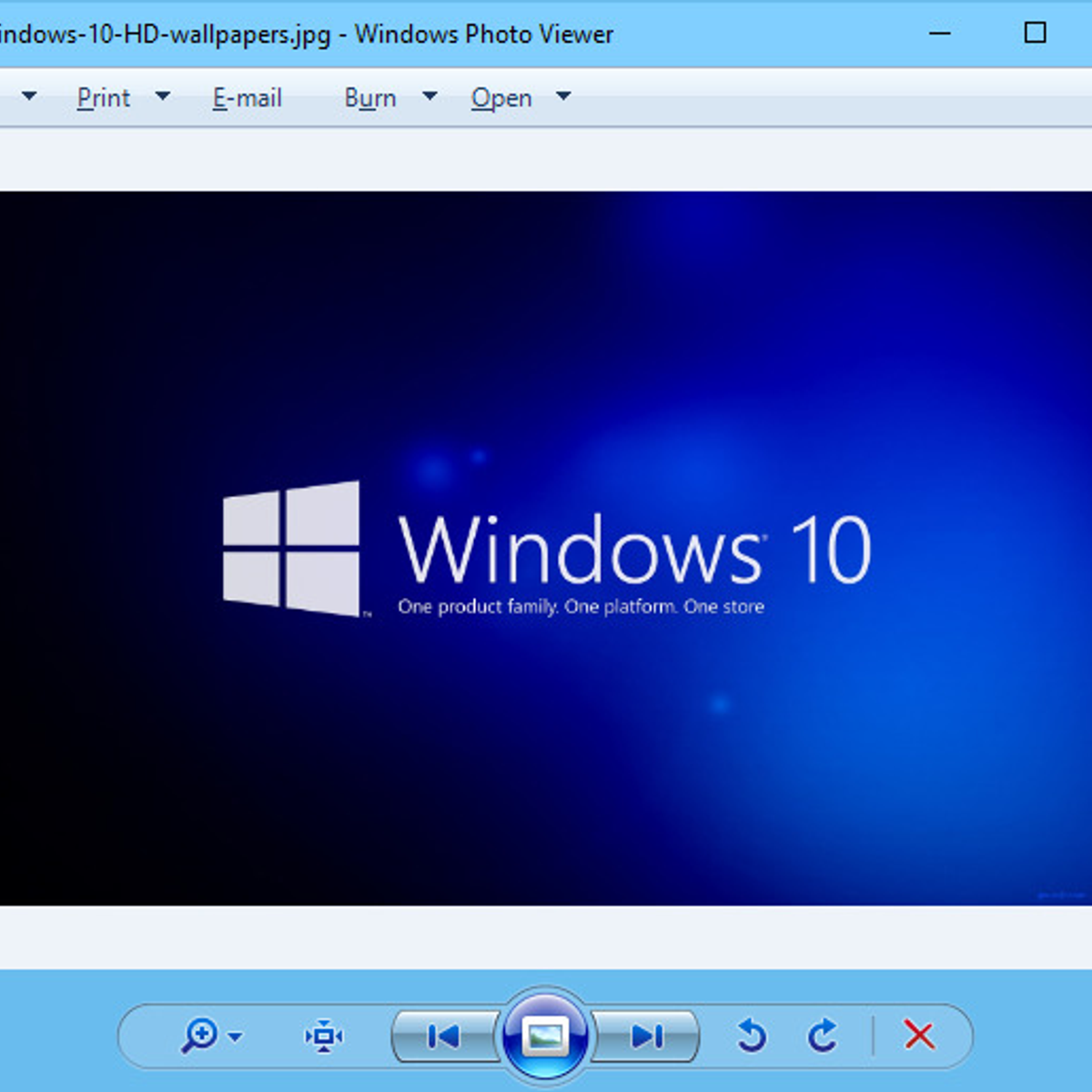Conversion of the file format from OPF to PDF
.mac Extension - List of programs that can open.mac files In the following table, you can find a list of programs that can open files with.mac extension.This list is created by collecting extension information reported by users through the 'send report' option of FileTypesMan utility. ★ Supported file types:.vsd,.vdx and.vsdx ★ Supported versions: 2007, 2010, 2013, 2016 Once you’ve installed the extension, you can: ★ Open Visio files from your computer: Click the Lucidchart icon on your toolbar and select “Choose file”, or drag and drop your Visio file onto the page. The.opf file extension can be classified into a variety of file types. First, it can be an Open Packaging Format File or files formatted with the standard set by Open Packaging. In the following table, you can find a list of programs that can open files with.opf extension.This list is created by collecting extension information reported by users through the 'send report' option of FileTypesMan utility. The product name, description, and company name are taken from the version information of the.exe file.The 'Actions' list is taken from the context menu items added. The.opf file extension can be classified into a variety of file types. First, it can be an Open Packaging Format File or files formatted with the standard set by Open Packaging.
A file conversion is just a change of the file that was created in one program (OPF file) to a form intelligible for another program (i.e. PDF format). There are many websites offering file conversion of OPF to PDF files 'Online' - without having to download a special program to your computer. However, if you have not found the appropriate OPF file converter in the Internet, you can use our list of programs to cope with the conversion of the OPF to PDF file.
Conversion from OPF to PDF
OPF to PDF
How to convert the OPF file to PDF?
If you have already downloaded one of the converters and installed it on your computer, you can proceed to the appropriate conversion process of OPF to PDF. Banu me teri dulhan song. Handling all the programs is usually very intuitive and is based on the same pattern of conduct. We will briefly discuss a few steps that you always need to go through while changing the format of the OPF file:
- Please indicate on your computer the source file OPF, the format of which you are going to change
- Load the OPF file to the application
- Select the output format of the PDF file (the one that we want to achieve)
- Select the location to save the output file PDF on the disk (the place where the program will save the converted file)
- Confirm conversion
- Wait for a moment
- Enjoy the converted PDF file that can be found in the location selected in step 4
I cannot see the file extensions. What should I do?
File extensions are not normally displayed to users. To change this, go to Control Panel, select Appearance and Personalization and Folder Options. Next, select the View and find the option 'Hide extensions for known file types'. The option should be deselected (cleared) and confirmed with OK.
Opf Files To Epub
If you work with PTX transcript files, you already know that it can be frustrating doing so on a Mac. One of my readers, Nathan Chaney, a patent attorney in Arkadelphia, AR, developed a solution for working with PTX files on a Mac, and he has graciously agreed to share it with my readers. His guest post includes an installation guide for installing the PTX viewer on Wine and then installing a PDF printer that will work to convert the PTX files to PDF. Thanks so much to Nathan for his work in developing this solution and for sharing it with my readers.
Many colleagues know I have an IT background, so I field lots of Mac-In-Law-Office questions. I recently fielded a question about PTX transcript files, and I learned that Clarity Legal’s online .ptx conversion tool, which has been featured on Ben’s blog before, has been shuttered.
I use the emulation program Wine to run the Windows PTX viewer from the Mac. This is a how-to guide for installing the programs necessary to (1) run the E-Transcript Viewer, and (2) save the transcripts as PDF files. It’s a little bit involved, and requires some use of the command line.
First, install XCode from the App Store. Next, we’ll need to install some command line tools. If you are running OS X 10.9 (Mavericks), open a Terminal windows (/Applications/Terminal) and run the following command:
xcode-select –install
Run the following command to agree to the XCode license (you’ll need to be an administrator of the computer and enter your password for the sudo command several times throughout this process):
sudo xcodebuild -license
If you’re running an earlier version of OS X, open the XCode application, find the “Downloads” pane, and download and install the Command Line Tools from that pane.
Next, you’ll need the Macports package installation manager, available here. Choose the version that corresponds to your operating system, and install the package. When it’s finished, run the following command to update Macports to the latest release:
sudo port -v selfupdate

We’re going to use MacPorts to install a package called CUPS-PDF. This is very similar to the “Save as PDF” feature already on your Mac. Open up the Terminal application and run this command to install CUPS-PDF:
sudo port install cups-pdf
The output of this command will give you some instructions to run upon initial setup. They are:
ln -s /opt/local/var/spool/cups-pdf/$USER ~/Desktop/cups-pdf
/opt/local/libexec/cups-pdf_links.sh
sudo killall -1 cupsd
The first command creates a shortcut to the CUPS-PDF output folder on your Desktop. You canmove this shortcut into whichever folder you prefer. The second command will require you to be an administrator and type in your password (it uses the sudo command).
The next thing to do is install the CUPS-PDF printer on your Mac. Go to System Preferences > Printers & Scanners, and click the ‘+’ below the printer list (see image at right). CUPS-PDF should appear in the ‘Default’ list.
Simply highlight CUPS-PDF, click ‘Add’, and you should have a CUPS-PDF printer in your printer list. (This will work for printing other things to PDF too — for instance, if you want to change options in the print dialog, but Save to PDF won’t let you, the CUPS-PDF printer is a good solution).
Next, we’ll use Macports to install Wine, along with a couple of packages needed to compile Wine:
sudo port install apple-gcc42 git-core wine-devel
This will likely take a while. Take an opportunity to quench the thirst all this talk about wine and port created. The next step is to install the transcript viewer, available here. Download the file, then type the following commands into your Terminal:
cd ~/Downloads
wine E-Transcript_Bundle_Viewer-6.1.1.exe

Of course, use the version number of the file you downloaded on the last command. This will open an E-Transcript Viewer installation window. Wine may need to install a few packages to make this all work; just follow the prompts to install them if so. Use the default values for installation of the E-Transcript Viewer, and complete the installation.
Finally, we’ll need to create a shortcut to the installed E-Transcript Viewer application, which is hidden. Open the TextEdit application, and click New Document. Copy and paste the following lines into the document:
#!/bin/sh
wine “/Users/nathan/.wine/drive_c/Program Files/RealLegal/E-Bundle Viewer/EBundleViewer.exe”
Click Format > Make Plain Text. Save the file in the Applications Folder as “E-Transcript Viewer.command”. Finally, go back to the Terminal window and enter the following commands so that the script we just created can be executed:
cd /Applications
What Is An Opf File
chmod +x E-Transcript Viewer.command
Now, you should be able to double-click the ‘E-Transcript Viewer.command’ file in the Applications folder any time you need to open a .ptx file. Here’s the result:
How To Open Opf File
You should be able to select CUPS-PDF in the print dialog of the E-Tran viewer, like so:
Opf File Extension Reader For Mac Free
After a few seconds, a brand-new PDF containing your transcript will appear in the folder that’s linked to your Desktop.
